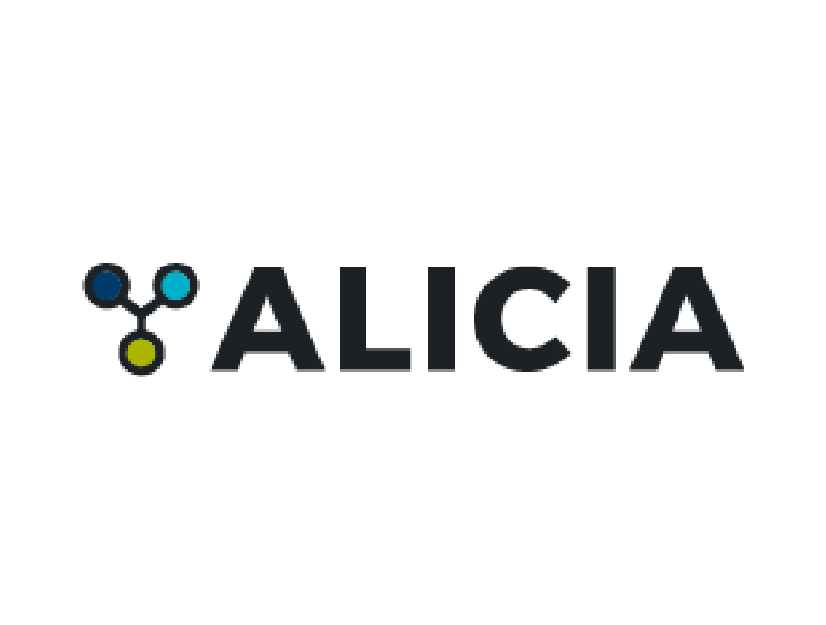Actividades De Educación Psicomotriz Para El Aprendizaje Grafico Plástico En Niños De 3 Años, I.E. Fe y Alegría N° 69, Cutervo
Fecha
2025-02-21Autor
Terrones Silva, Fanny Elisabeth
Guevara Flores, Maritza
Metadatos
Mostrar el registro completo del ítemResumen
El estudio que se presenta, es descriptivo, se desarrolló en el contexto del nivel de
Educación Inicial, la realidad fáctica del estudio reflejo, que los estudiantes necesitan
activar mediante procesos motrices, sus capacidades psicomotoras, que son la resultante,
de su proyección corporal a nivel grafo plástico, es necesario precisar que no cuentan con
espacios y material didáctico adecuado y suficiente, lo cual evidencian las necesidades de
los sujetos de estudio, a fin de potenciar su inteligencia kinestésica. Los objetivos de la
investigación establecieron la ruta del proceso, siendo los que mencionamos: Determinar
el desarrollo del proceso gráfico plástico en niños de 3 años I.E. Fe y Alegría N° 69
Cutervo. Fundamentar las actividades en base a la educación psicomotriz, teniendo como
base la psicomotricidad vivencial que integre los procesos de aprendizaje escolar en
educación inicial. Elaborar una propuesta de actividades de educación psicomotriz que
contribuya en el proceso gráfico como elemento fundamental para desarrollar
aprendizajes a nivel escolar del nivel de educación inicial. La metodología utilizada en el
proceso investigativo, está suscrita al tipo básica, con un elemento innovador, el cual lo
constituye la propuesta. Los hallazgos encontrados se presentan a nivel de valores
porcentuales, el cual evidencian necesidades a un porcentaje del 75%, pero es necesario
considerar que en esta etapa los niños experimentan un avance progresivo de sus
engramas motores. The study that is presented is descriptive, it was developed in the context of the level of
Initial Education, the factual reality of the reflex study, which students need to activate
through motor processes, their psychomotor abilities, which are the result of their body
projection at the plastic graph level, it is necessary to specify that they do not have
adequate and sufficient spaces and didactic material, which demonstrates the needs of the
study subjects, in order to enhance their kinesthetic intelligence. The objectives of the
research established the route of the process, being those we mentioned: Determine the
development of the plastic graphic process in 3-year-old children I.E. Fe y Alegría No.
69 Cutervo. Base the activities on the basis of psychomotor education, based on
experiential psychomotor skills that integrate school learning processes in initial
education. Prepare a proposal for psychomotor education activities that contribute to the
graphic process as a fundamental element to develop learning at the school level of the
initial education level. The methodology used in the investigative process is subscribed
to the basic type, with an innovative element, which is the proposal. The findings are
presented at the level of percentage values, which show needs at a percentage of 75%, but
it is necessary to consider that at this stage children experience a progressive advancement
of their motor engrams.
Colecciones
- Educación [806]







